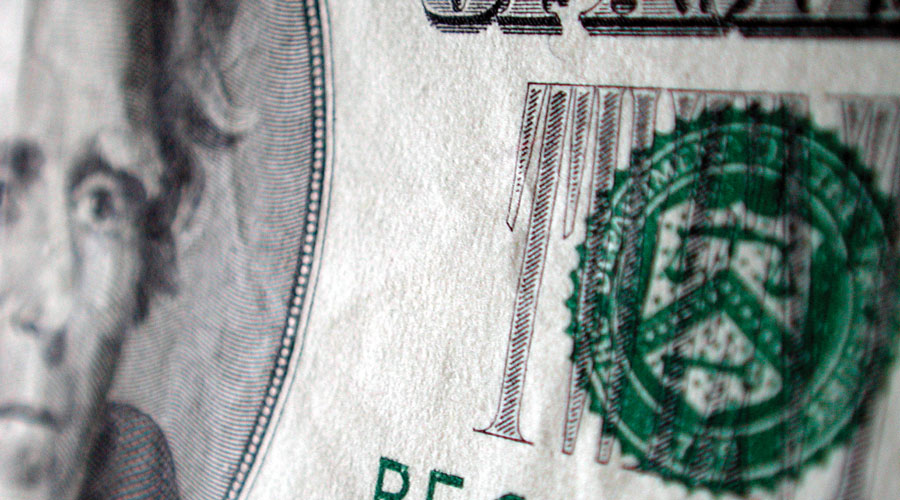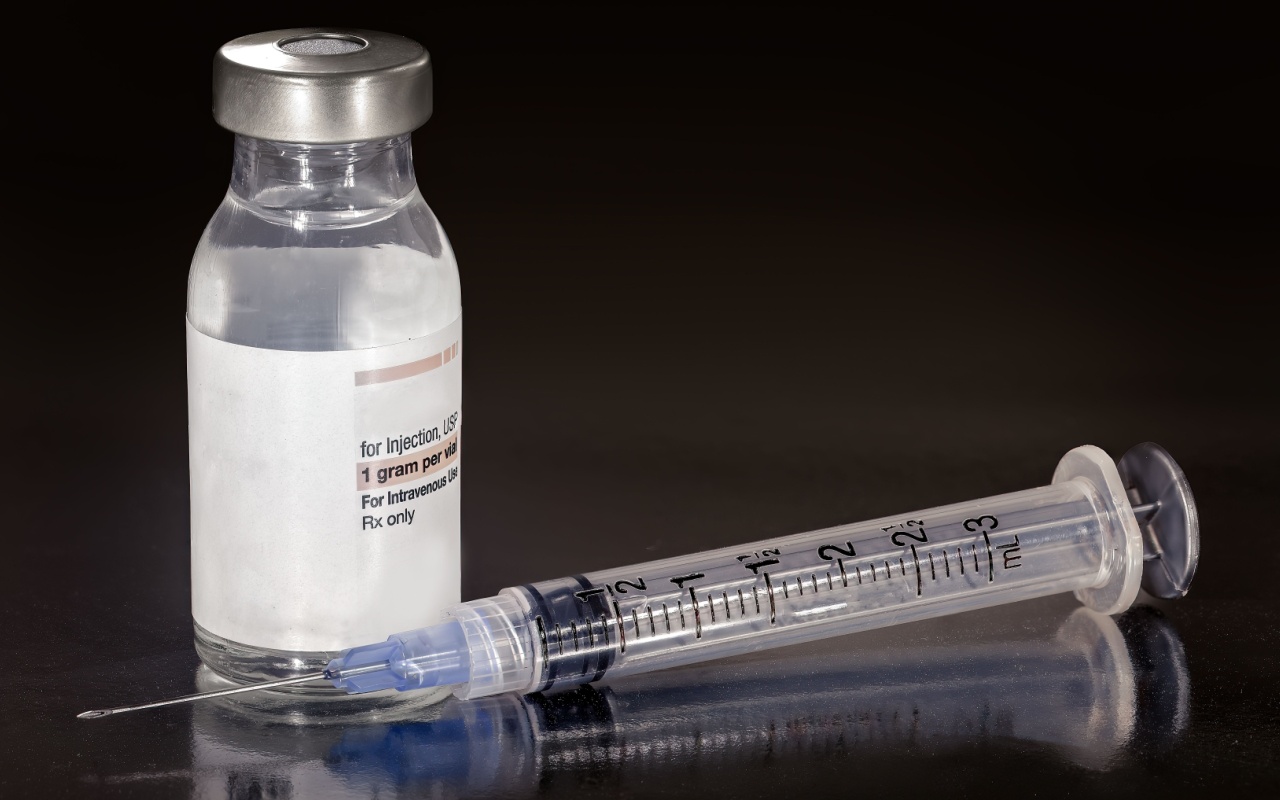The deadline to enroll in health care coverage for 2016 through healthcare.gov is quickly approaching, and your patients need to know about the consequences of not having coverage before it’s too late to enroll.
Some of your patients who purchase health care coverage through the marketplace may have missed the Dec. 15 deadline to sign up for coverage that would start Jan. 1, 2016, and might be considering not renewing their coverage at all.
Other patients might believe that it’s cheaper to forgo insurance and pay out-of-pocket for prescriptions and any fees. But, those patients might not know key information that could help them make a better decision for their health and for their finances.
Here are five things your patients need to know about being uninsured in 2016 before the final deadline to sign up for coverage on Jan. 31, 2016.
1. The fee is increasing in 2016
In 2015, the fee for not having health insurance if affordable insurance was available and if the person didn’t qualify for an exemption was $325 per person without coverage or 2 percent of your annual household income, whichever was higher.
This penalty fee is set to increase in 2016 to $695 per person or 2.5 percent of your annual household income, whichever is higher.
2. The penalty is likely more expensive than coverage
Because the penalty fee is set to increase by $370 or .5 percent of household annual income, the fee for most patients will be more expensive than the cost of coverage.
This means patients who opt to forgo coverage will likely end up spending more money paying the penalty than it would cost to purchase health care coverage. And, that calculation doesn’t include the added cost of doctor visits, prescriptions and other health care costs that patients would have to pay out-of-pocket.
3. Every month without coverage counts
Despite large gaps in health care coverage, every month that a patient does have insurance lowers the cost of the overall final penalty.
The fee for not having health care coverage is calculated when patients file their federal income taxes. It’s based on the number of months the patient, his or her spouse and his or her tax dependents went without qualifying insurance, such as an employer-sponsored health plan, Medicare, Medicaid or coverage through healthcare.gov.
Make sure to inform patients who might have a gap in coverage due to changes in employment or from switching their coverage from one provider to another, so they can minimize their fee.
4. Some exemptions are available
The vast majority of patients will either have to obtain health care coverage or pay a penalty fee, but some people who meet certain qualifications can apply to receive exemptions from purchasing health care coverage and paying a penalty.
For example, certain hardships, life events or financial status can exempt patients from purchasing coverage and fees. Also, if a patient is only uninsured for one or two months, they will be exempt from paying a penalty fee.
Patients can find out if they meet the criteria for an exemption and apply for exemptions at healthcare.gov.
5. Enroll by Jan. 31, 2016 to avoid fees
In previous years, a Special Enrollment Period has been offered around the April 15 tax-filing deadline. It will not be offered in 2016.
Patients will need to purchase a plan through healthcare.gov by Jan. 31, 2016 to avoid paying a penalty. If they don’t enroll by this deadline, patients might have to wait another year to get coverage and pay a fee when they file their 2016 taxes.
Hand out fact sheets in your prescription bags or post a sign explaining what will happen if patients don’t have health coverage in 2016.












